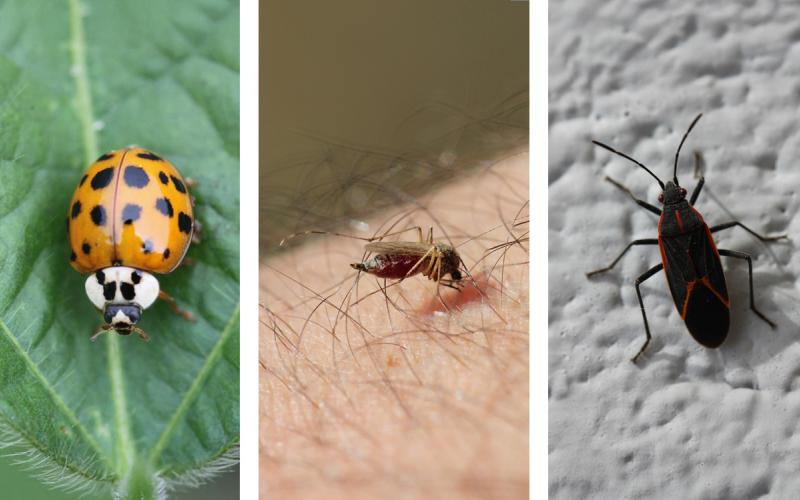Originally Submitted: May 20, 2021
Warmer weather is finally here. Although we have accumulated quite a few degree days for common stalk borers, nowhere in the state has reached accumulation levels for common stalk borer caterpillar movement into corn fields. At this point in time, common stalk borer activity is still going to be limited to weeds and grassy weeds. For much of South Dakota, weed management around field borders should not be continued, as removing those hosts of the common stalk borers will force them into corn fields earlier.
Predicting Common Stalk Borer Migration Into Corn Fields With Degree Days
The hatching and movement of common stalk borer caterpillars can be estimated by using degree days with a developmental threshold of 41 degrees Fahrenheit. Common stalk borer eggs typically begin to hatch at 575 degree days. The caterpillars finish hatching and begin development on weeds and grasses at 750 degree days. At 1,300 degree days, 10% of the caterpillars will begin moving to corn. Corn should begin to be scouted at this point. At 1,400 degree days, 50% of the caterpillars will or have moved into corn.
As a reminder, the equation for degree days is:
(Maximum Daily Temperature + Minimum Daily Temperature) ÷ 2 - The Developmental Threshold
In South Dakota, most of the state is still between conditions approaching egg hatch and egg hatch occurring. No scouting is necessary for common stalk borer at this time. We will continue to update this information.
| Accumulated Degree Days |
Common Stalk Borer Caterpillar Activity |
Recommendation |
|---|---|---|
| 0-574 | Conditions favorable for egg hatch. | No scouting necessary. |
| 575-749 | Eggs begin to hatch. | No scouting necessary. |
| 750-1299 | Young caterpillars begin boring into grass and weeds. | No scouting necessary. Avoid spraying grass and weeds along field edges. |
| 1300-1399 | 10% of caterpillars begin moving into adjacent corn. | Begin scouting field edges for defoliation. |
| 1400-1700 | 50% of caterpillars moving into adjacent corn. | Continue scouting for defoliation along field edges. Spray if necessary. |
| Location |
Since January 1, 2019 |
Recommendation |
|---|---|---|
| Buffalo |
|
No scouting necessary. Avoid spraying grass and weeds along field edges. |
| Newell |
|
No scouting necessary |
| Rapid City |
|
No scouting necessary. Avoid spraying grass and weeds along field edges. |
| Hot Springs |
|
No scouting necessary. Avoid spraying grass and weeds along field edges. |
| Lemmon |
|
No scouting necessary. Avoid spraying grass and weeds along field edges. |
| Faith |
|
No scouting necessary. Avoid spraying grass and weeds along field edges. |
| Cottonwood |
|
No scouting necessary. Avoid spraying grass and weeds along field edges. |
| Mission |
|
No scouting necessary. Avoid spraying grass and weeds along field edges. |
| Selby |
|
No scouting necessary |
| Gettysburg |
|
No scouting necessary |
| Pierre |
|
No scouting necessary. Avoid spraying grass and weeds along field edges. |
| Winner |
|
No scouting necessary. Avoid spraying grass and weeds along field edges. |
| Aberdeen |
|
No scouting necessary. Avoid spraying grass and weeds along field edges. |
| Huron |
|
No scouting necessary. Avoid spraying grass and weeds along field edges. |
| Mitchell |
|
No scouting necessary. Avoid spraying grass and weeds along field edges. |
| Tyndall |
|
No scouting necessary. Avoid spraying grass and weeds along field edges. |
| Sisseton |
|
No scouting necessary |
| Brookings |
|
No scouting necessary |
| Vermillion |
|
No scouting necessary. Avoid spraying grass and weeds along field edges. |


